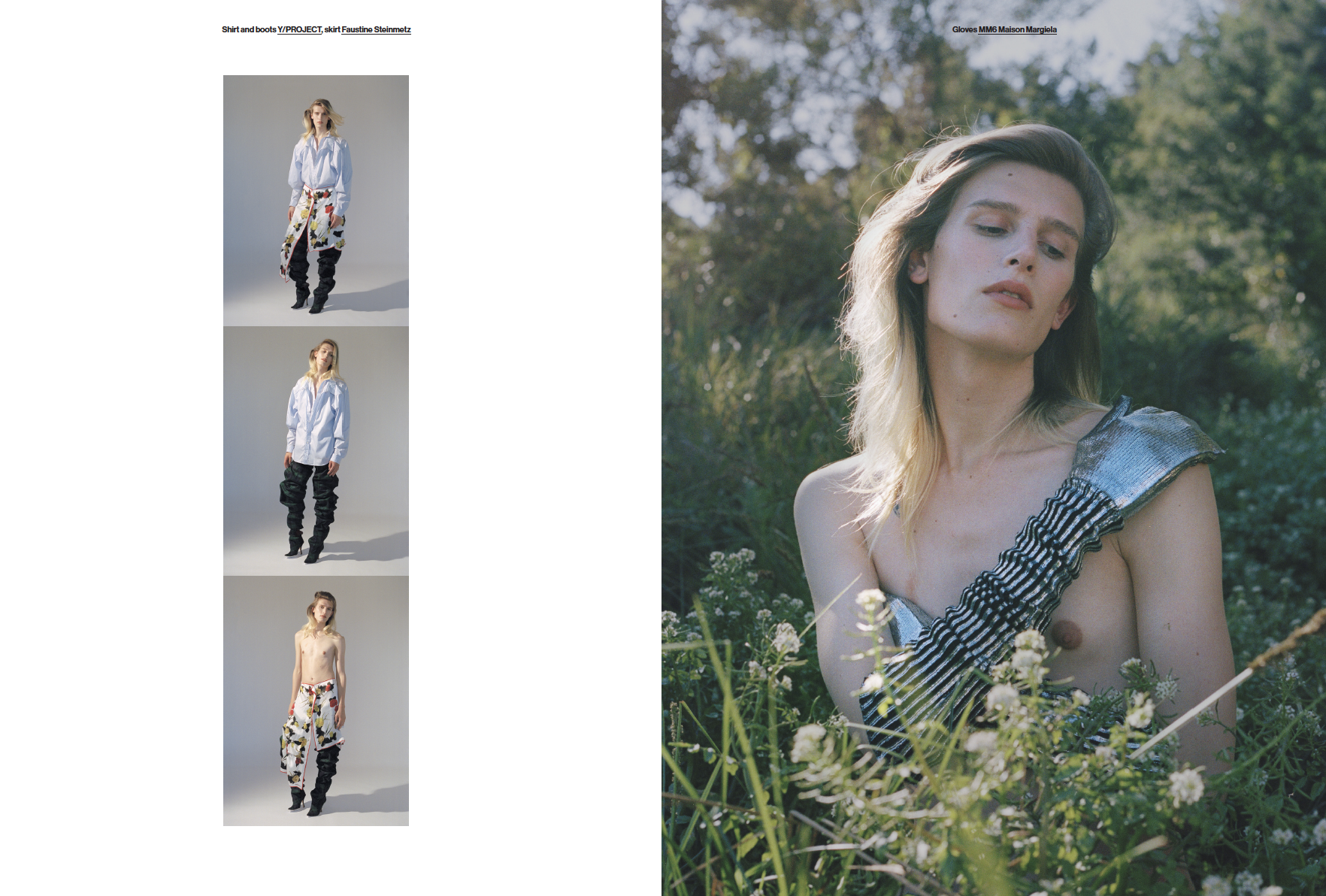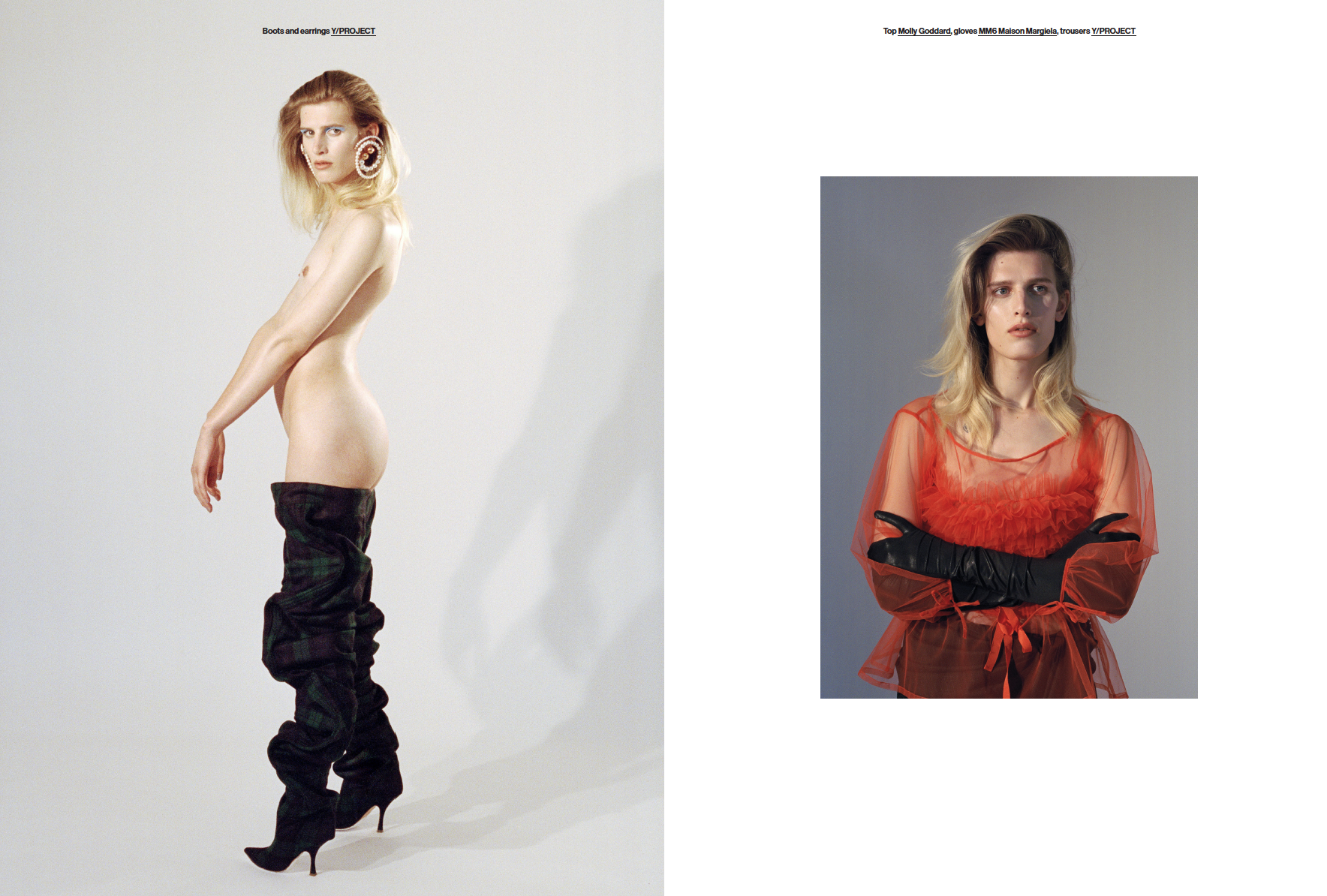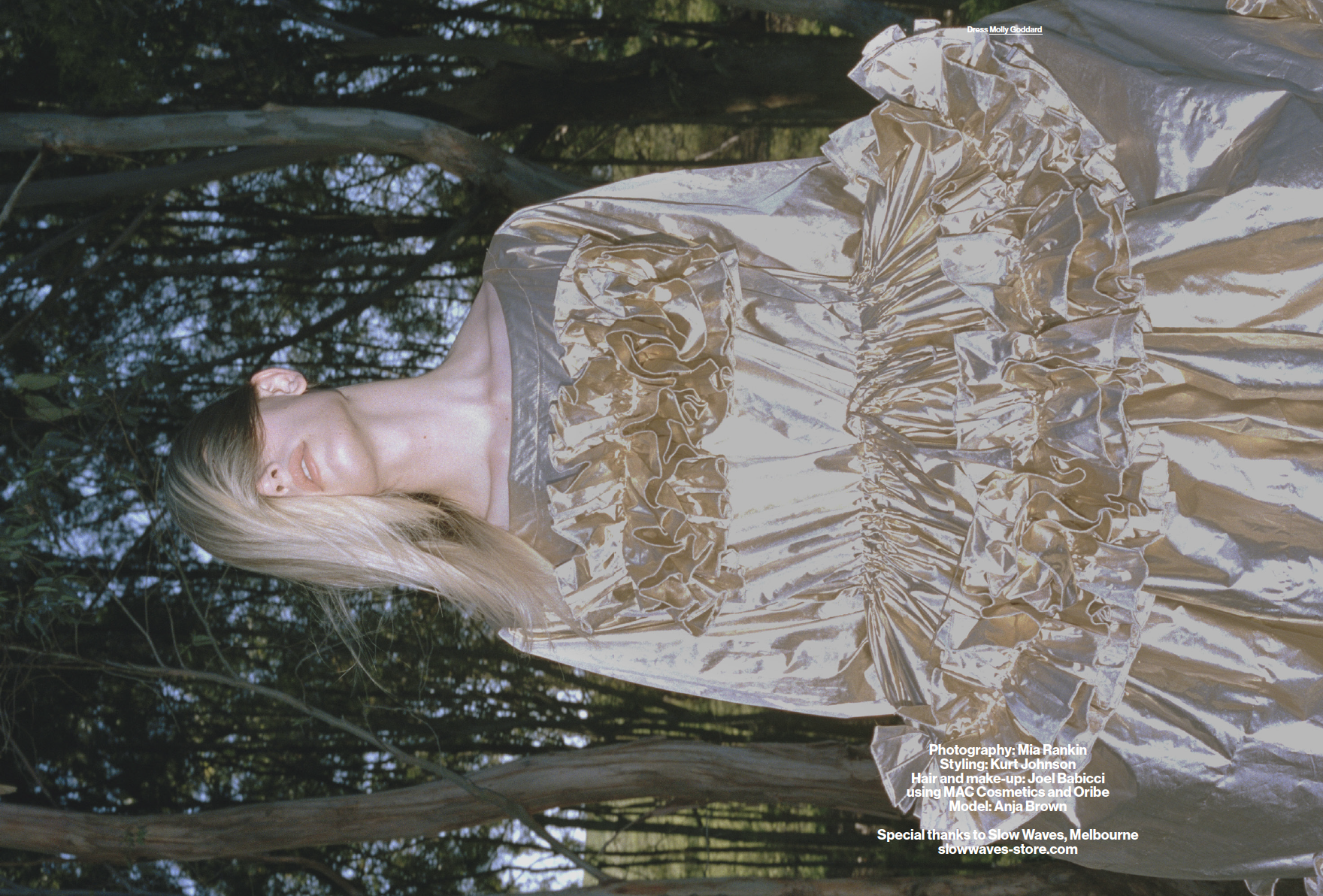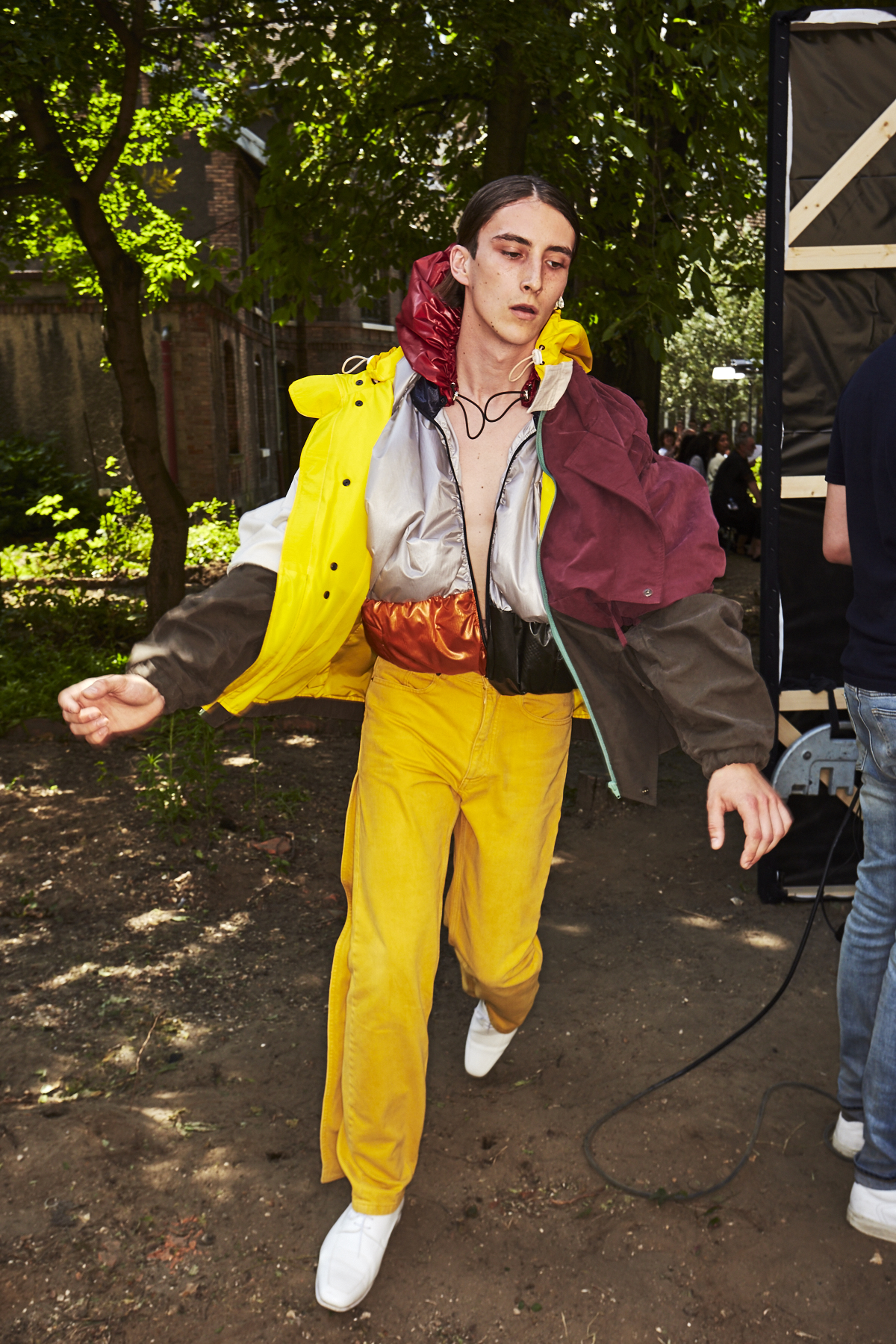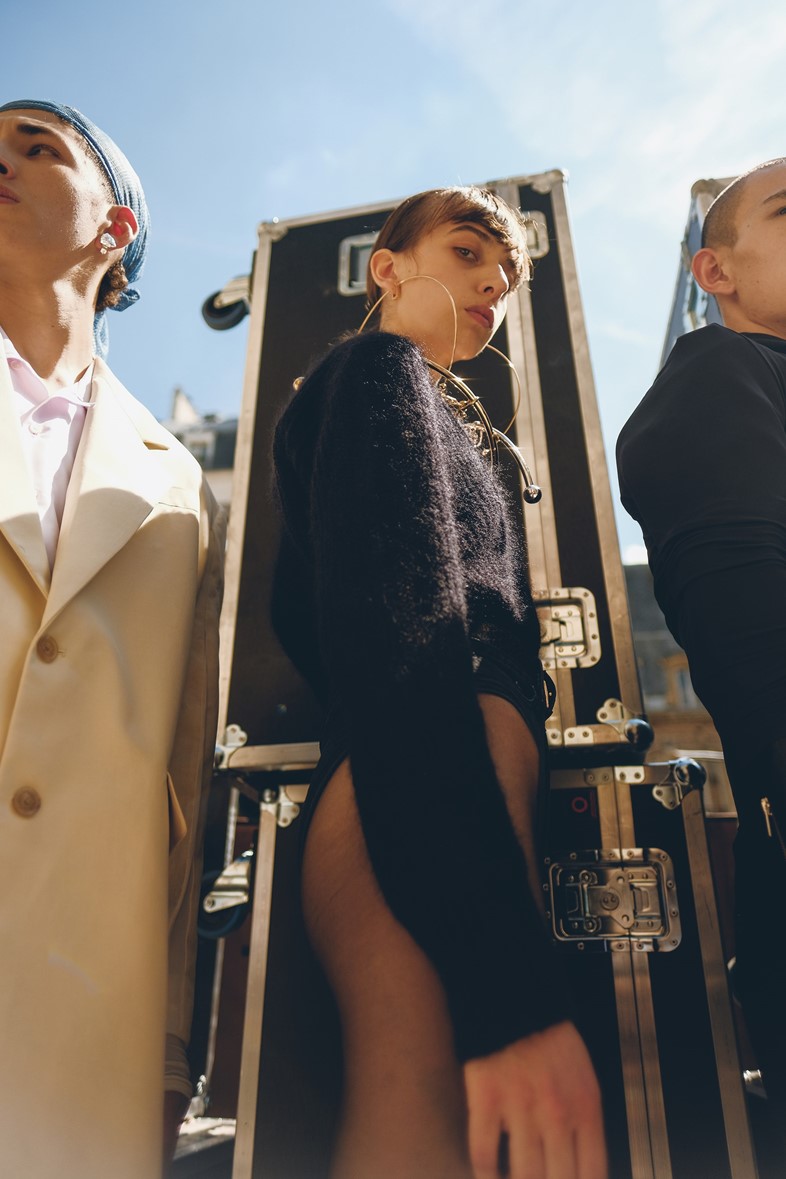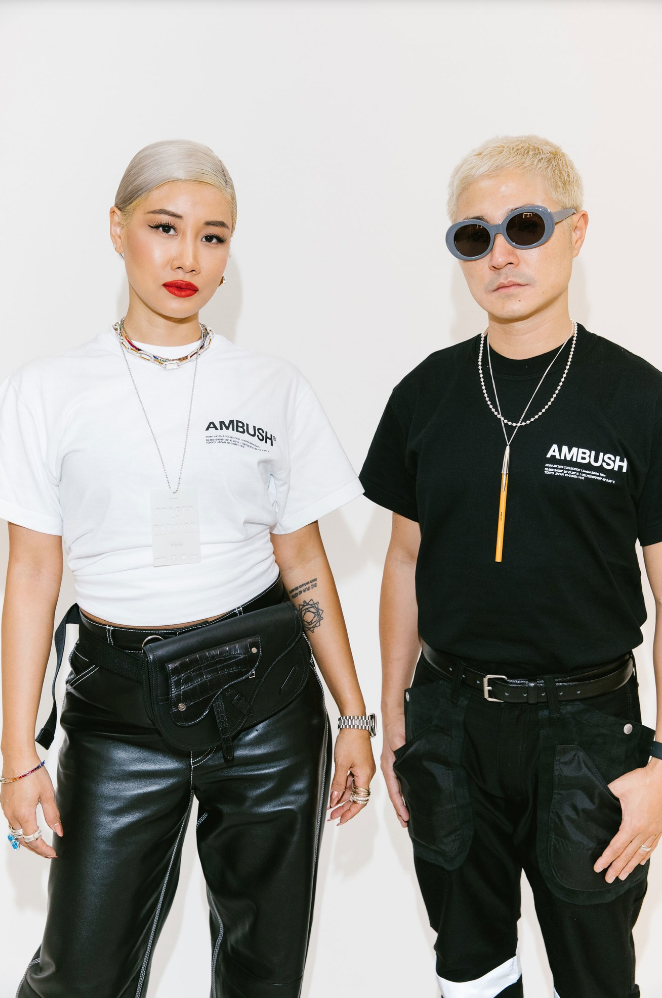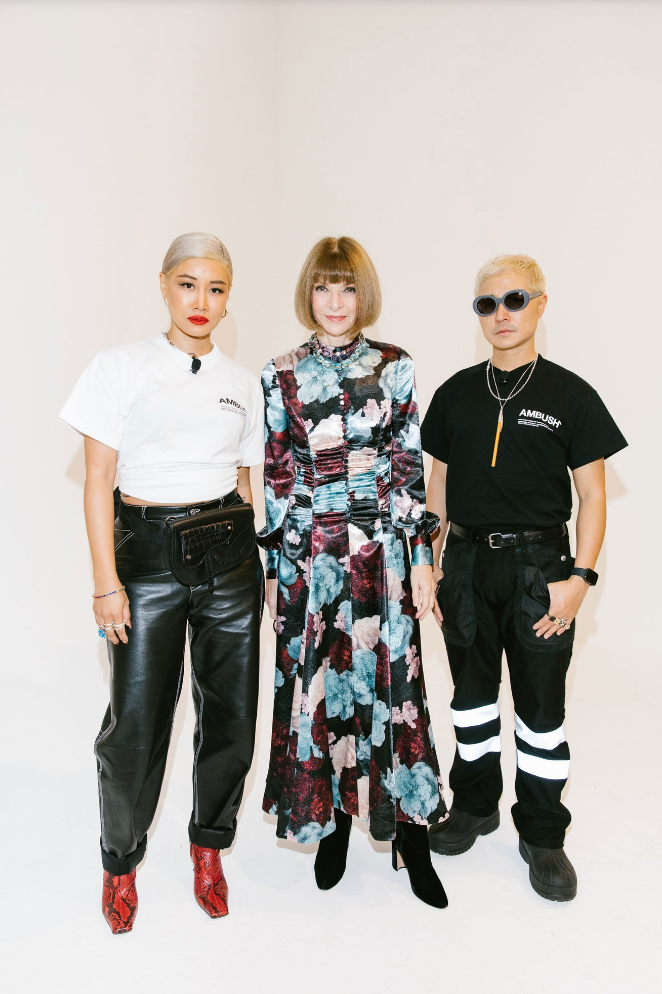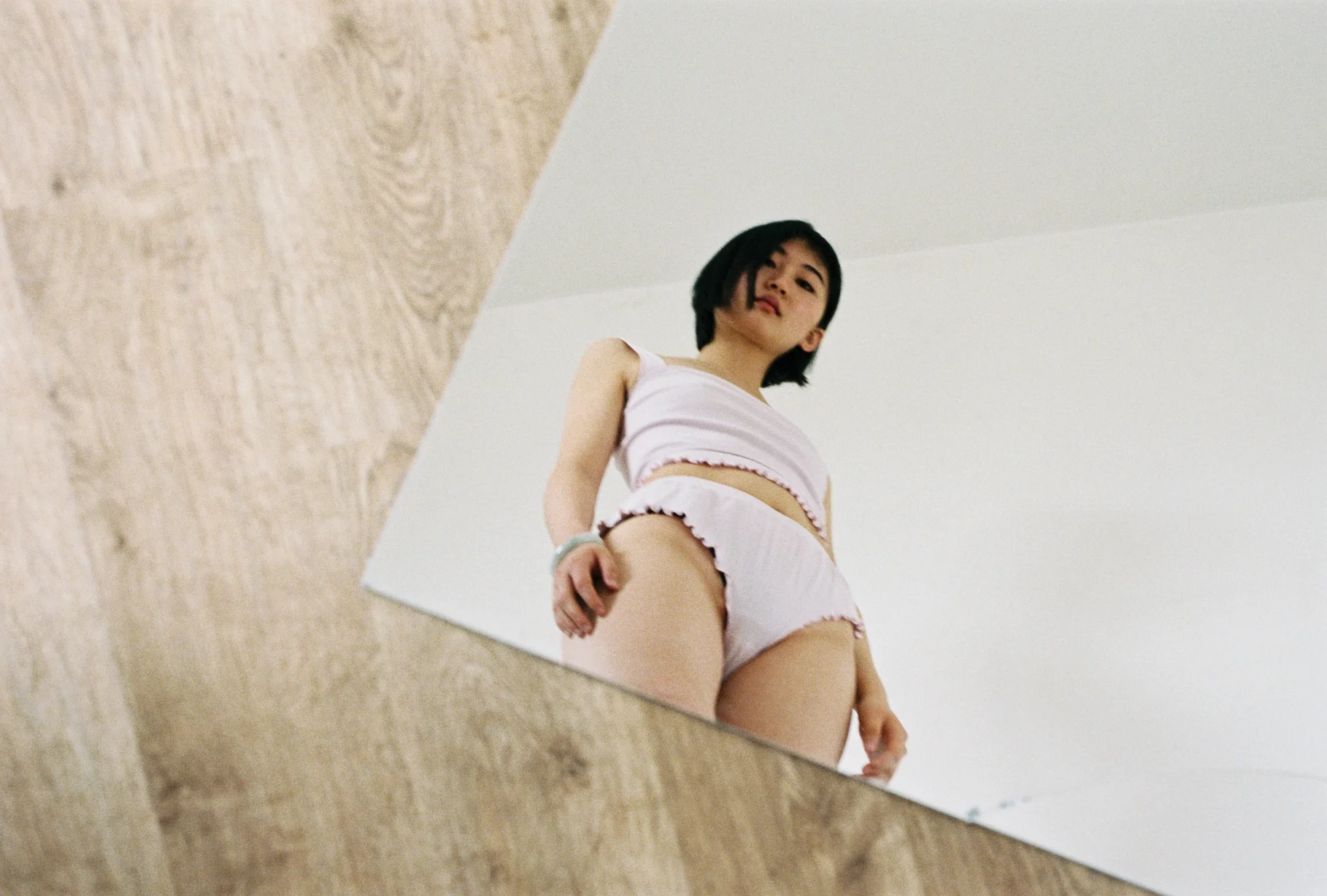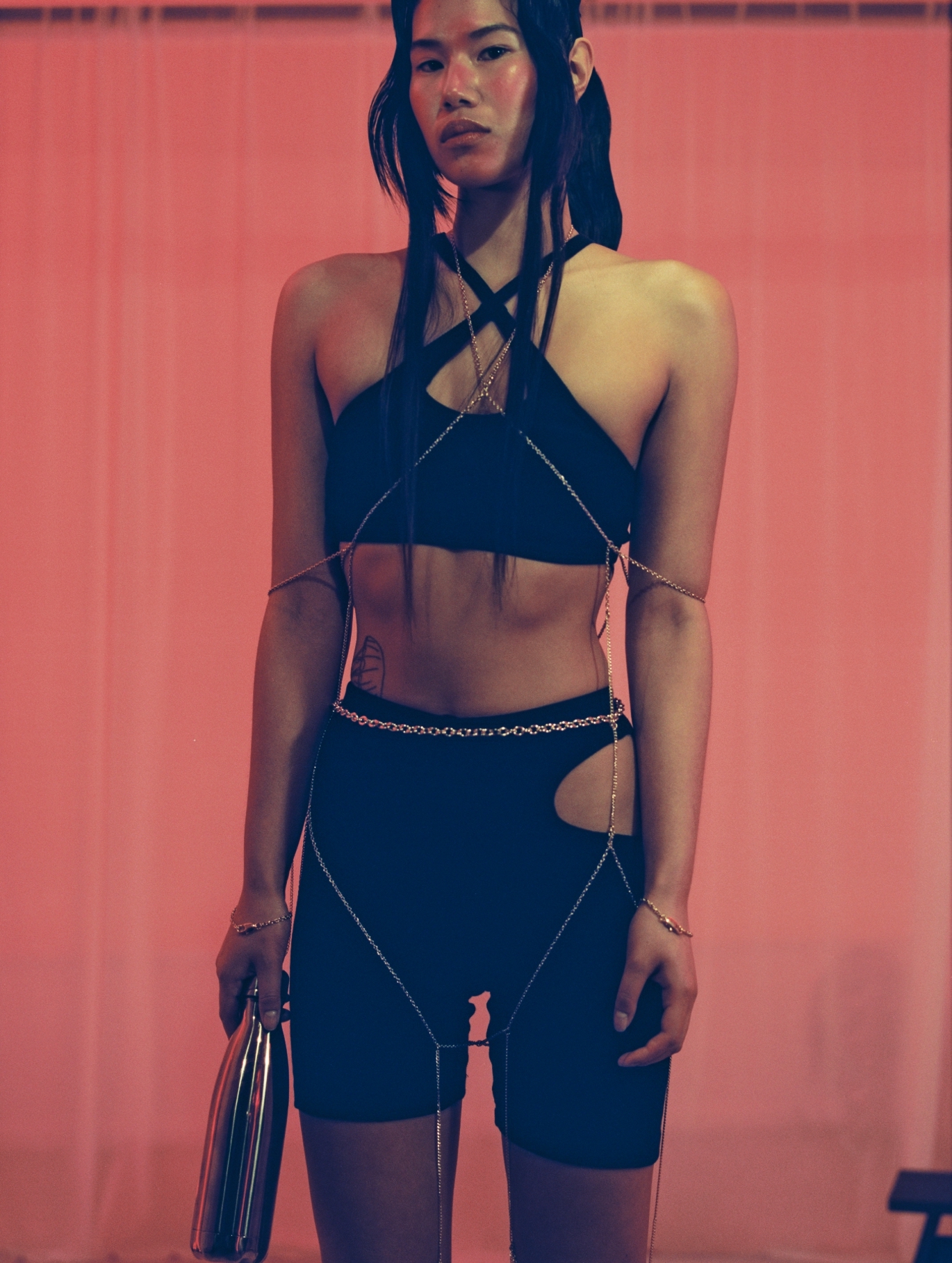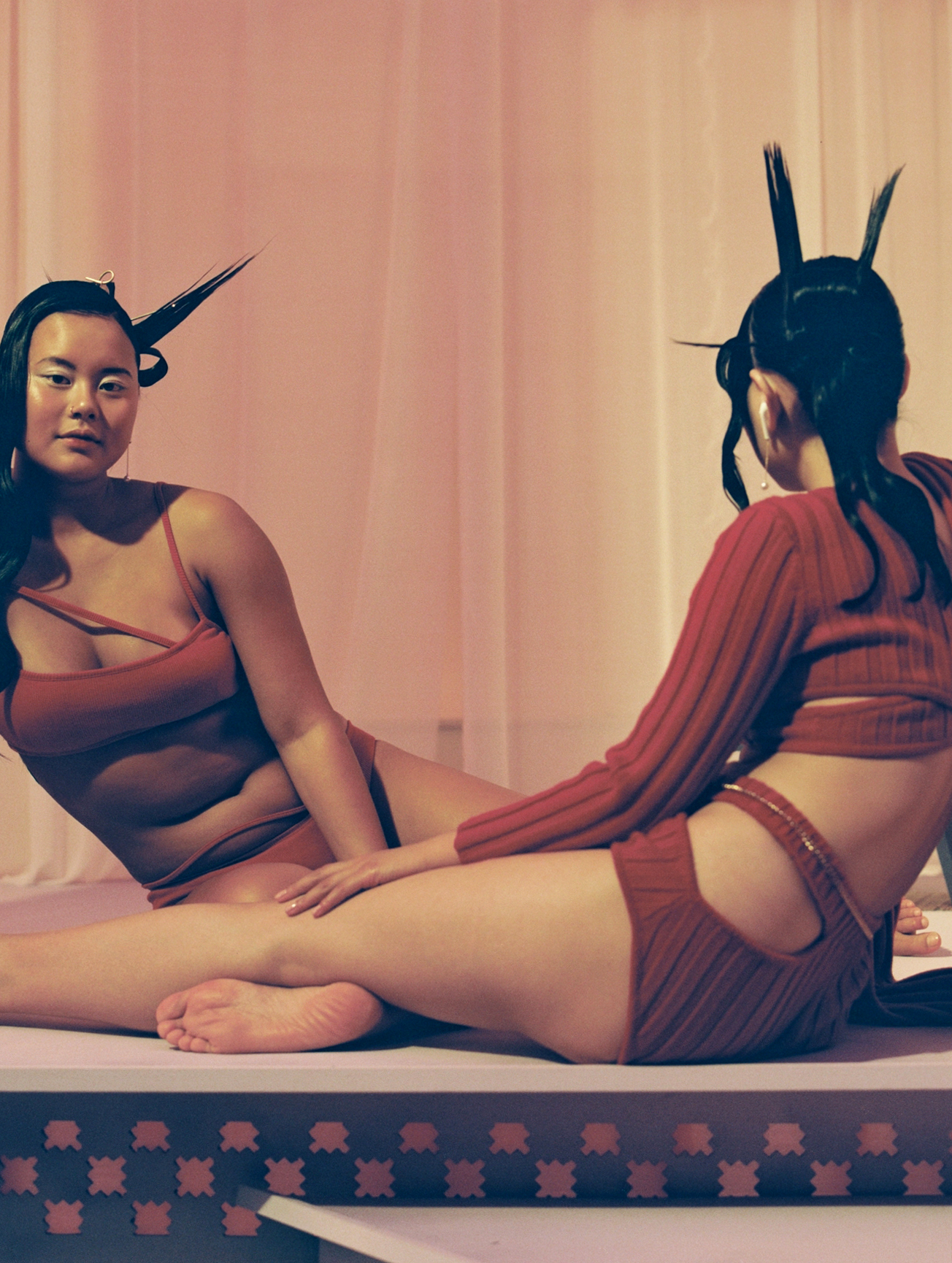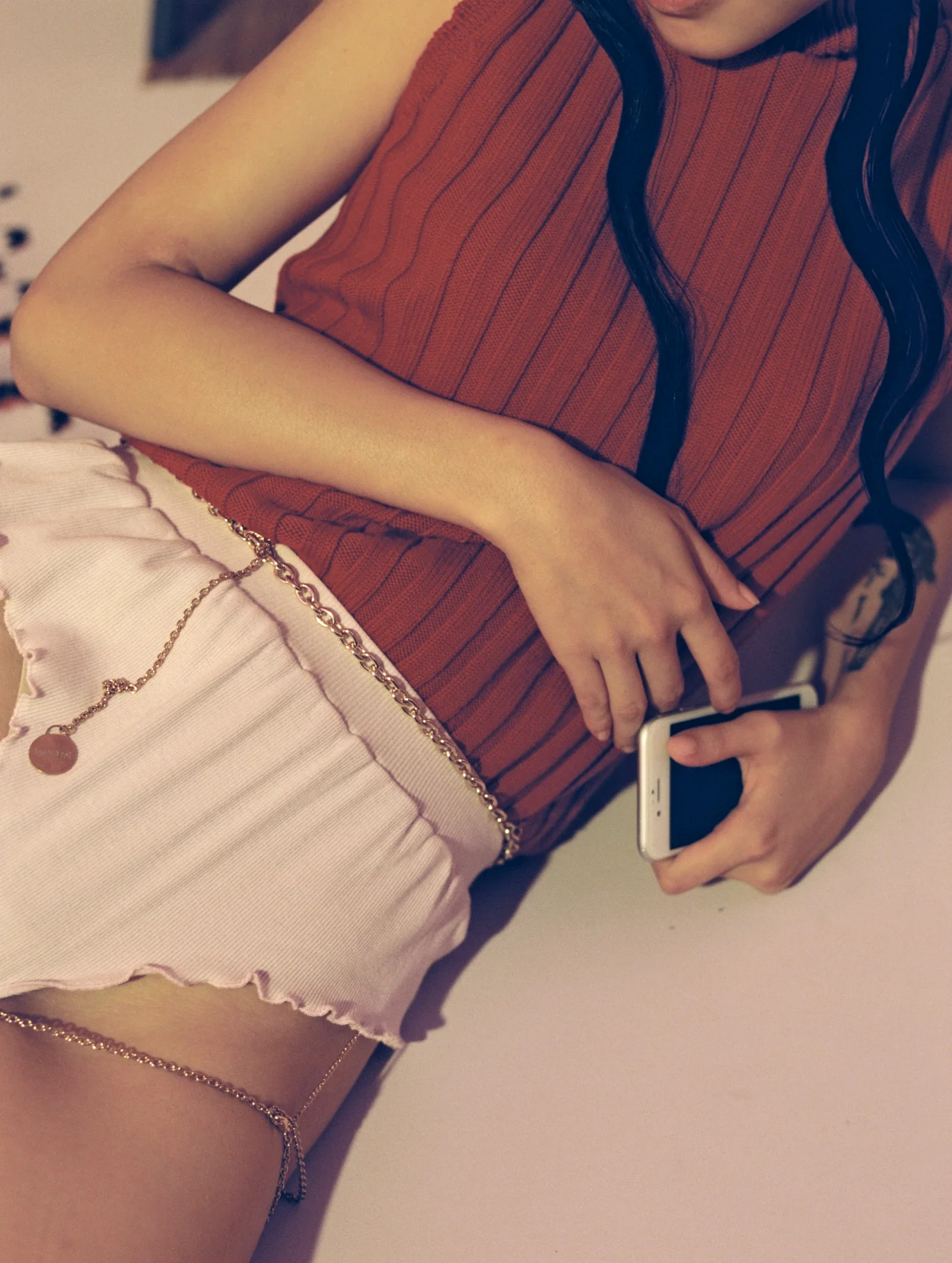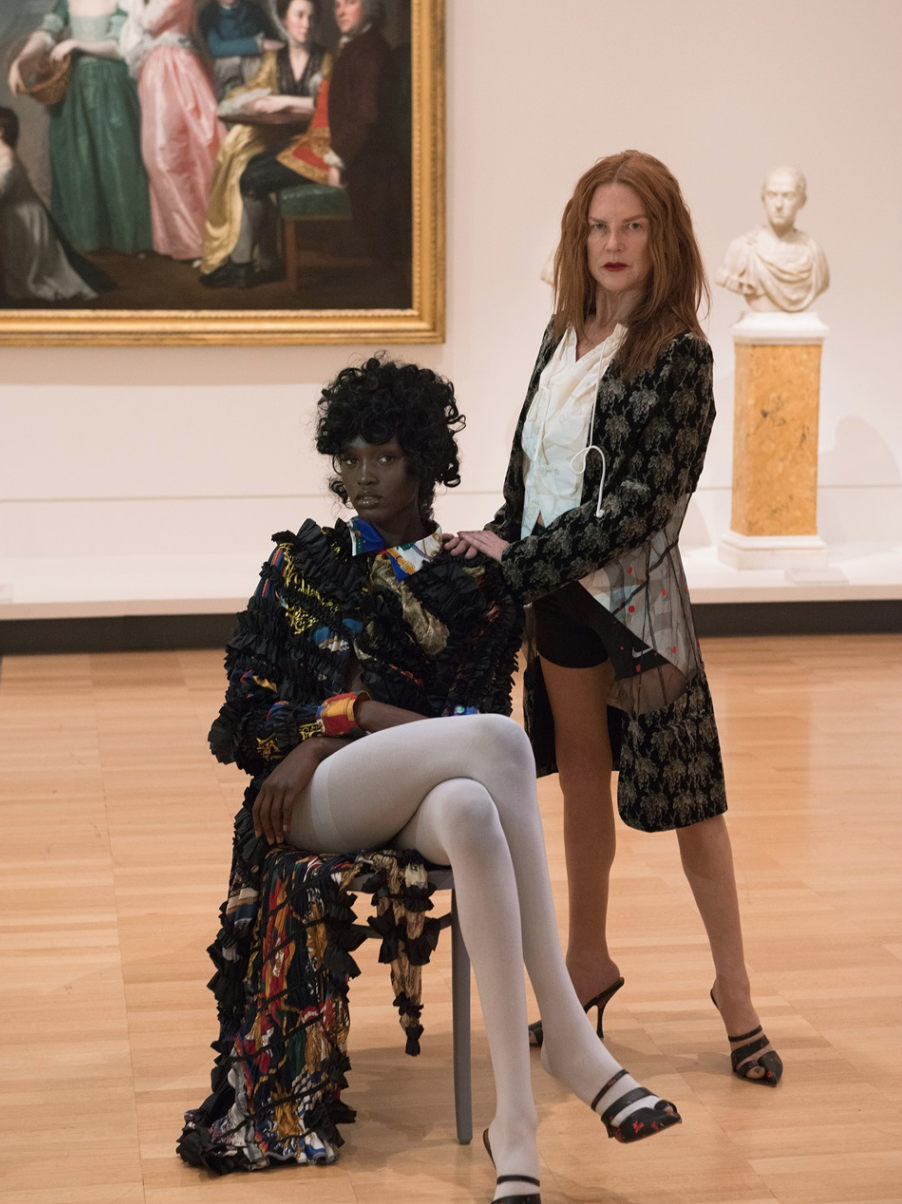Brand to Know: An Innovative Jewelry Line Inspired by Flowers
In Paris’s Fourth Arrondissement, on Île de la Cité, a little island between the Marais and the Jardin du Luxembourg, is a small flower market. Recently, it was the unexpected site of a jewelry presentation: Stephanie D’heygere launched her eponymous accessories brand in one of the market’s hothouse-like green steel pavilions where a variety of seasonal and exotic flowers are sold daily.
“I really wanted a showroom that represented the heart of the collection and brand,” says the Belgian-born, Paris-based designer, who has spent the past seven years at an array of major fashion houses. Laid out on the flower shop’s shelves were D’heygere’s designs: a line of diminutively sized leather bags, semitransparent belts and cleverly conceived jewelry — pieces that feel playful and delightfully idiosyncratic. “I’ve had this idea of designing jewelry that can carry flowers for a very long time. It never really felt right to propose this idea to one of my clients, which made me realize that it’s a very personal idea that I’d rather keep to myself.”
This first collection is titled “The Flower Shop,” and flowers are central to the D’heygere brand. “I love buying fresh flowers,” says D’heygere, “and I kept on thinking, how cool would it be if I could go to the flower shop and just pick a flower to match my outfit?”
D’heygere is something of an industry insider. She studied at the Royal Academy of Fine Arts in Antwerp with hopes of working at Chanel. Then, she recounts, she “accidentally ended up at Margiela, a brand I would never have considered at first. It turned out to be the best opportunity ever. When I left school, I was trained to be a fashion designer — it never occurred to me that I would become an accessories designer.”
From 2011 onward, she progressed from intern to assistant at Maison Martin Margiela and then became head of jewelry. After a yearlong stint as a freelancer in 2015 — she counts Y/Project among her clients — D’heygere took on the role of senior jewelry designer at Dior.
Then she chose the freelance path once again. “The time seemed right,” she says of her decision to branch out on her own. “I had a few ideas and some money in the bank. It took me about a year and a half; I postponed the launch of the collection twice because I really wanted it to be perfect.”
A glance at her pieces certainly makes clear how thoroughly D’heygere has thought through her brand. Instead of trying to create the next “it” bag — the era of which is arguably over — she offers accessories that one can integrate into outfits, in the most literal sense. Several designs have keychain fastenings that allow the wearer to attach the piece to garments or other accessories. Some of her small leather goods are based on the archetypes of jean pockets and sunglasses cases. There are pairs of gloves that can moonlight as chokers. And one fanny pack could easily be mistaken for wrapped-around sweater sleeves. “I really like ordinary objects and transforming them into luxurious accessories,” she says.
D’heygere also values functionality. She describes a leather cardholder from the collection that doubles as both a necklace and portable mirror. “I always wear lipstick, so I find it super handy to be able to look at the mirror in case I need a retouch,” she explains, “I don’t think I would be able to design something that I wouldn’t wear.”
But perhaps her most distinctive pieces are the Canister Hoops: oversize earrings with a circular opening at the bottom that can hold small items like flowers — or cigarettes, as the brand’s Instagram page demonstrates. “Accessories are meant to accessorize your outfit,” says the designer with a smile, “But now with D’heygere, you can actually accessorize your accessories.”
Article by Siska Lyssens for The New York Times Style Magazine











